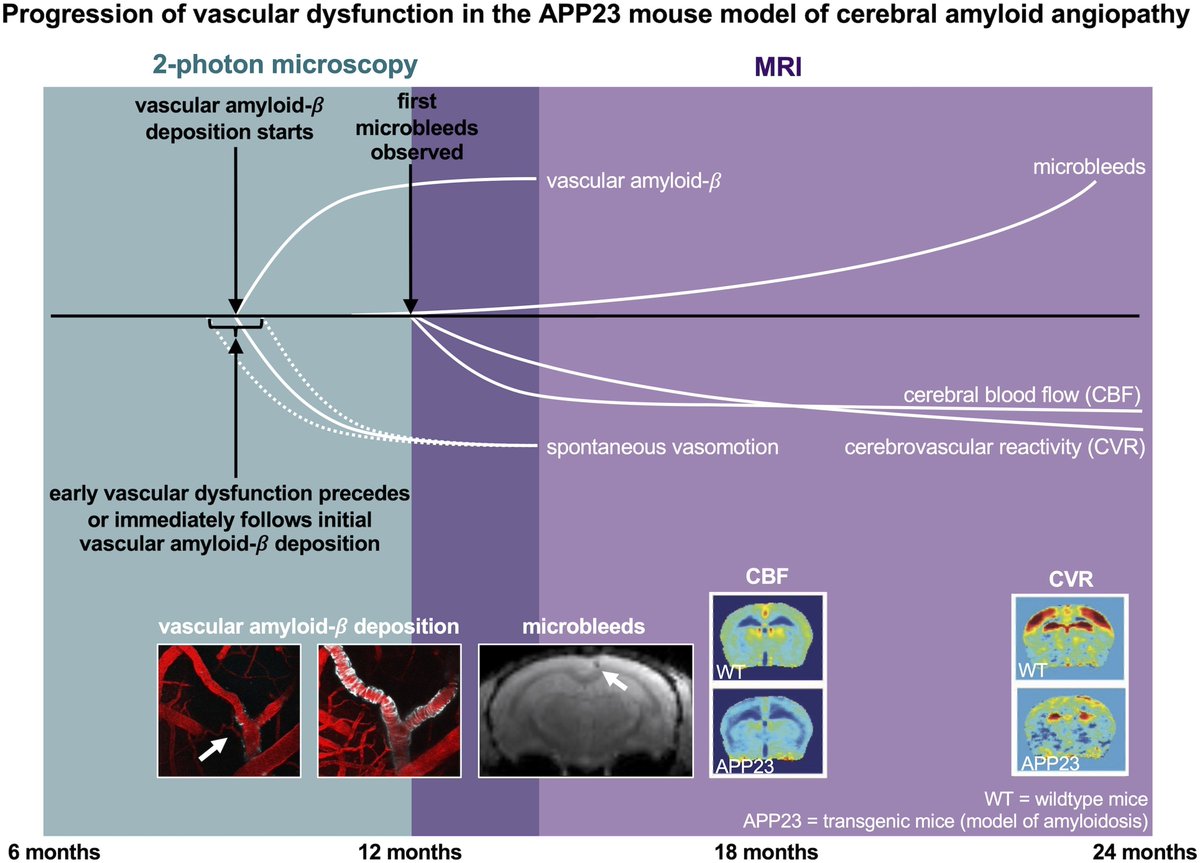
Seunghwan Choi, MD
@neuronchoi
MD | Neuroscientist | Neuroglia Imaging Lab (@skkim77)
ID: 1517124120772702209
http://neuroglia.khu.ac.kr 21-04-2022 12:52:42
191 Tweet
57 Takipçi
131 Takip Edilen

You knock out #GLUT1 to impair astrocytic glucose uptake - only to find out that #astrocytes ramp up glycolysis and keep going. Metabolically resilient, and even neuroprotective. Our study in Nature Communications: nature.com/articles/s4146…
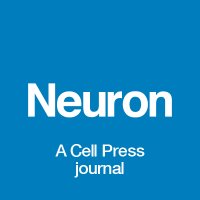

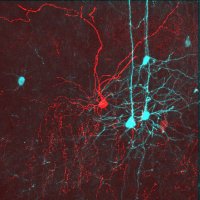
1/12. How do cortical interneurons select specific pyramidal cells during development? Julie Jezequel in Beatriz Rico has identified specific cellular and molecular codes that interneurons use to target pyramidal cell types Nature Communications CDN | King's College CNDD| King's College Institute of Psychiatry, Psychology & Neuroscience

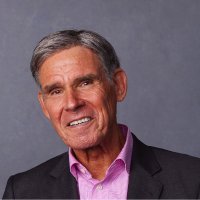
Astrocytes have long been conceived as passive support player cells in the brain. But today Science Magazine (via 3 reports) they got a big upgrade for their active role in neuromodulation and control of brain function science.org/doi/10.1126/sc…
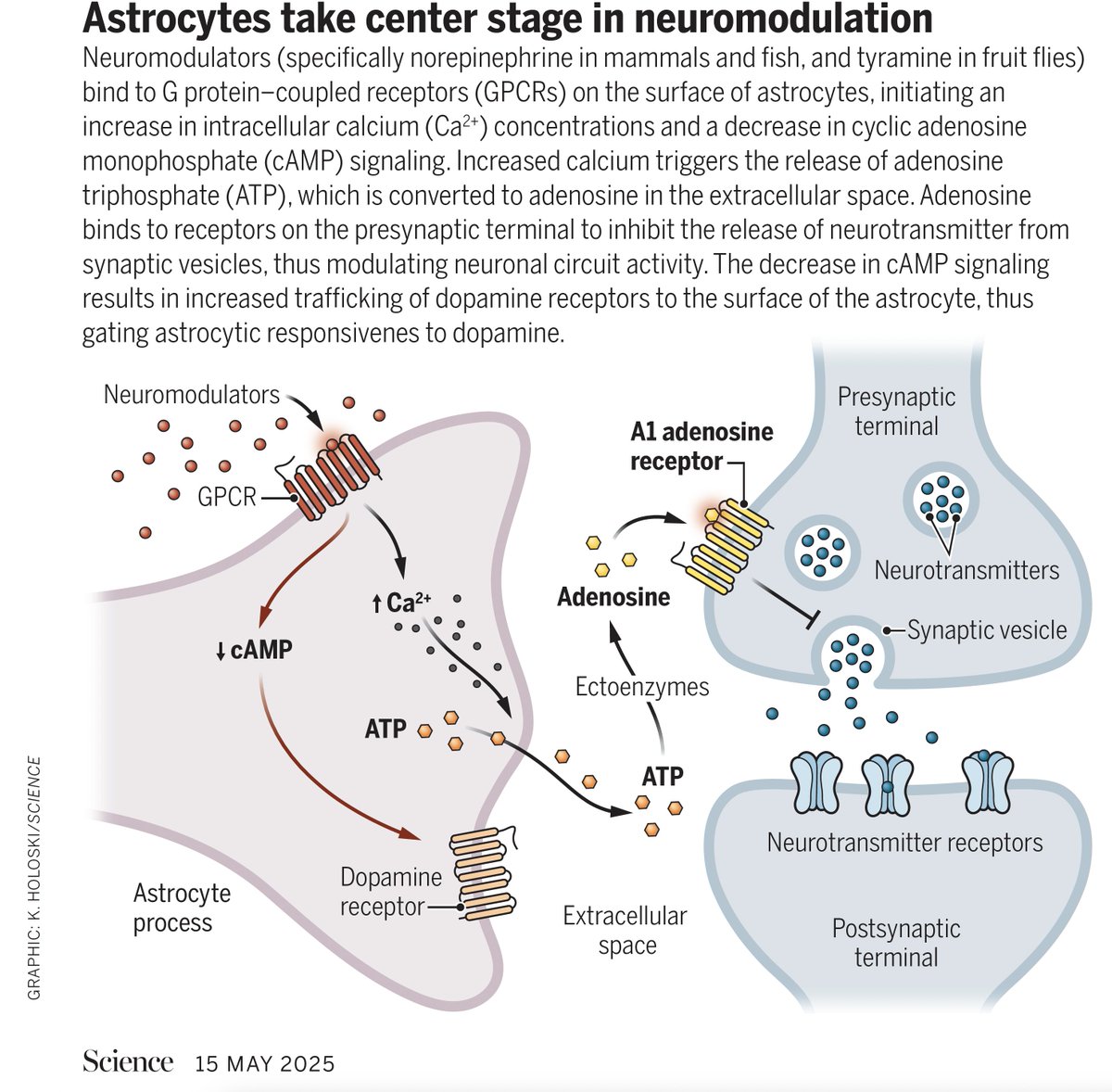
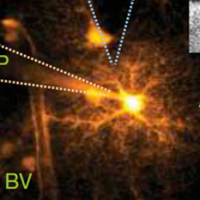


Despite a decrease in age-standardized rates, subarachnoid hemorrhage remains one of the most common cardiovascular and neurological causes of death and disability globally. #ESOC2025 European Stroke Org ja.ma/4mtU40w
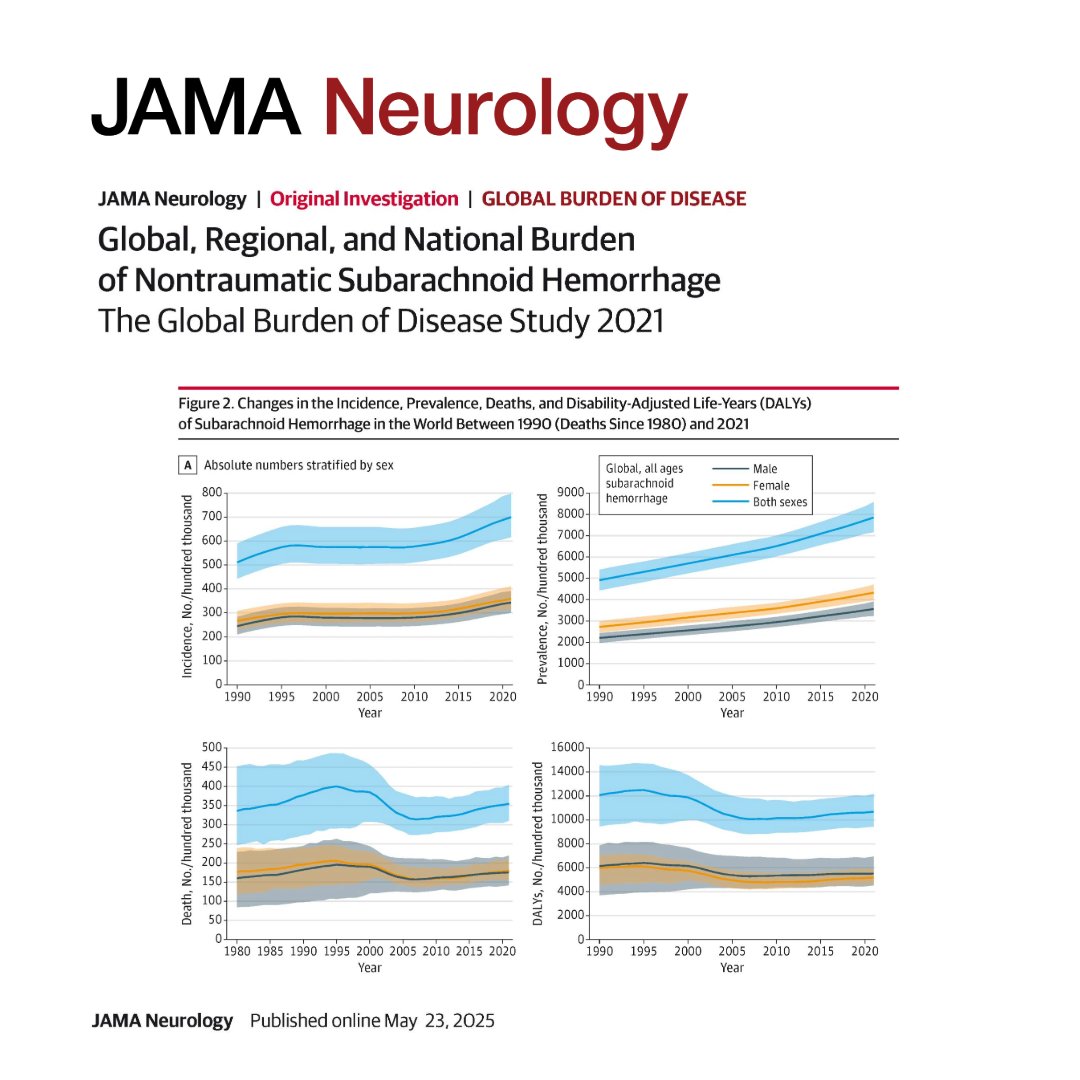
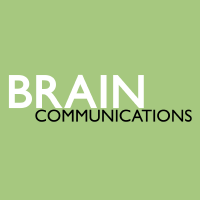

Our new paper with Applied Cognition in Nature Biomedical Engineering . Using a wearable device that captures different determinants of glymphatic activity to define sleep-related features of glymphatic function in the human brain. nature.com/articles/s4155…

In Science Magazine today, my essay on predicting and preventing Alzheimer's disease (open-access) science.org/doi/10.1126/sc…
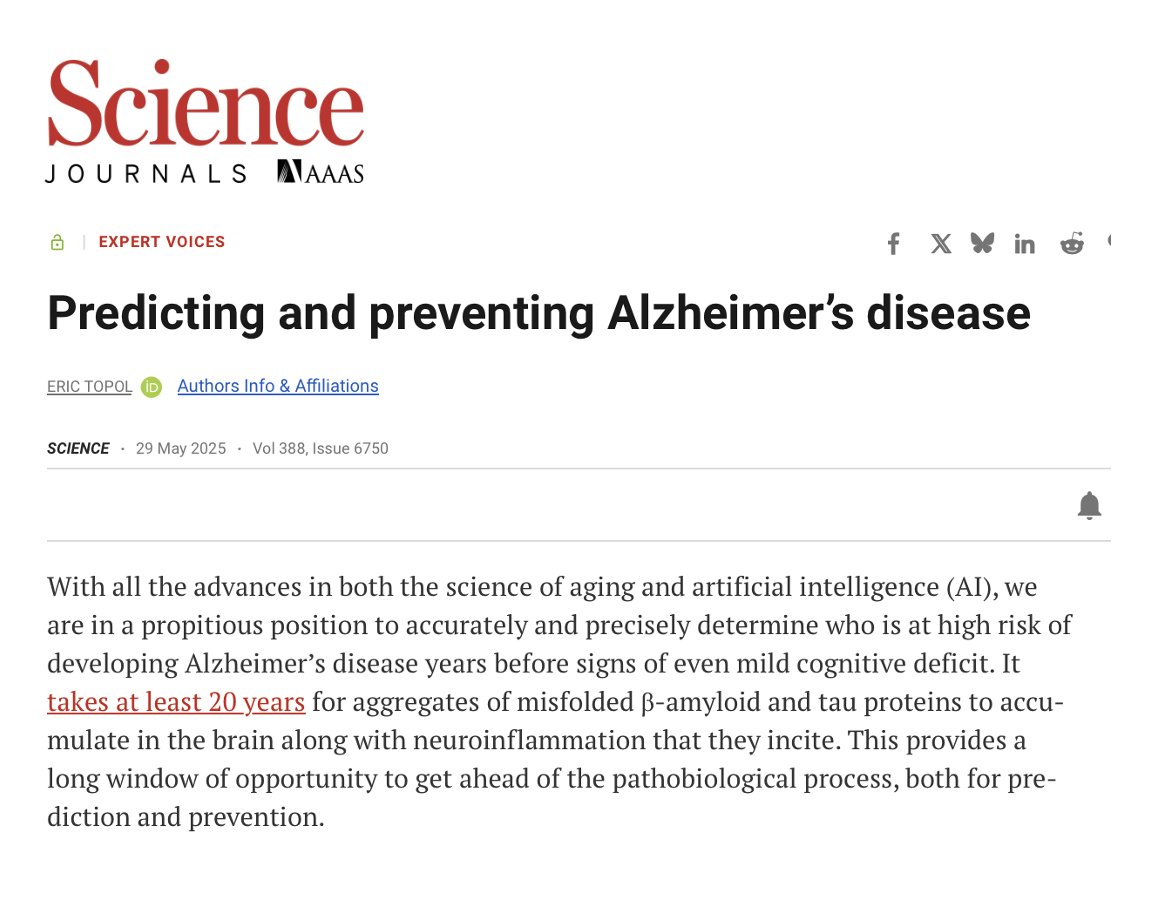

PhD defense done! I sincerely appreciate my PI and mentor KIM Sun Kwang, and I also want to thank all my lab members.


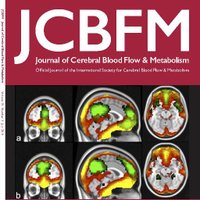

Excited to share our latest Review on three-photon microscopy in the neurosciences - out today in Nature Rev Neurosci ! Hopefully this will help spread this powerful deep-imaging technique even further. Access here: rdcu.be/er5SZ Thanks to all co-authors!
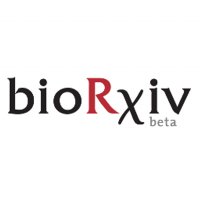


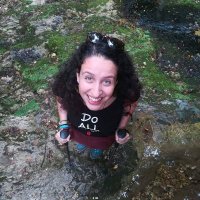
Curious about diving into astrocyte Ca²⁺ signaling with two-photon microscopy? Check out our newly published step-by-step protocol! Micaela Zonta Bio-protocol 🧠 #astrocyte #imaging #neuroscience #brainslices #calcium bio-protocol.org/en/bpdetail?id…


Folks, the video abstract on this paper is a masterpiece cell.com/current-biolog… H/t Urszula Skupio


